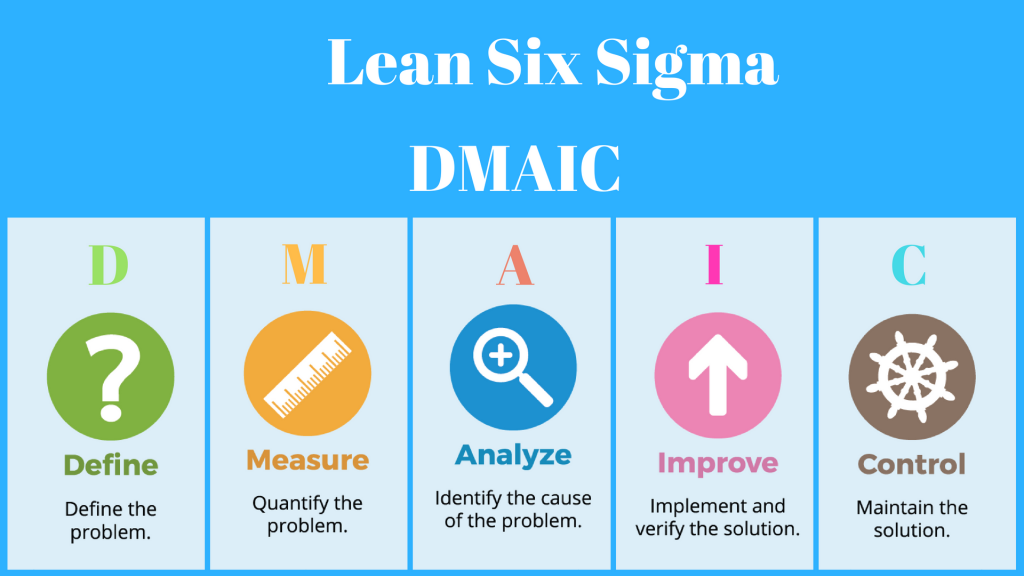

When someone mentions marketing these days, they usually don’t mean traditional marketing channels such as television and radio. While those remain a big part of marketing campaigns, the real action is in digital marketing.
Digital marketing encompasses a variety of strategies and tools for marketing. Overall, it involves advertising and targeting customers with marketing campaigns through digital channels such as websites, search engines, social media and email.
It also involves marketing tailored to match the device people are using, including laptops, smartphones and tablets. It involves many different jobs and skills sets, including web design, search engine optimization, content creation and data analysis.
It’s a competitive industry that allows businesses big and small to compete for market share. Having an edge can help businesses succeed and support individuals in having better careers. One way to provide that edge is with learning about process improvement methodologies such as Lean and Six Sigma.
Because so much of what goes into digital marketing is relatively new, many of the processes created in digital marketing are unrefined. In some cases, there’s not much of a process at all.
That’s what drove United Rentals into implementing Six Sigma, according to company marketer Chris Plaaman in an interview with CMSWire. Analyzing whether to create an efficient process within marketing or rework current ones led to the company using DMAIC, one of the principle techniques in Six Sigma.
Here is what DMAIC stands for and how it could generally be applied to digital marketing:
United Rentals applied DMAIC to the implementation of a new CRM (customer relations management) system. Plaaman said DMAIC “turned out to be crucial to the project’s success,” helping the company improve communications and training as part of overall improvement of sales processes.
Another example comes from Morgan Kelleher, who wrote about implementation of Lean and Agile strategies at Amplience, where she oversees marketing strategy in North America. London-based Amplience operates globally, offering services that help clients better manage the creation and use of content.
Writing for Forbes, Kelleher said her journey into process improvement started when someone gave her a book on Lean Six Sigma and told her “this is going to revolutionize the work you produce and expand the capacity of your team.”
Part of what the company put into play was Kanban, which involves mapping out a process and finding bottlenecks. In content creation, this involved identifying each bottleneck and finding solutions to eliminate them.
Kanban – which means “sign board” in Japanese – involves putting each step of the process on a card on a board and going over each step. The idea, which is central to Lean, is to cut out any wasted effort. In the case of Amplience, they found ways to improve process flow in how content was created, approved and published.
They also incorporated daily standup meetings. These meetings, designed to last 15 minutes or less, provide an opportunity for daily communication, better informed decisions and eliminate the need for more meetings that eat into productive time.
Even though their team is based around the world, they conducted daily standup calls and worked together on a shared online platform where all could view the Kanban board.
Those two examples offer a look into how Lean, Six Sigma and Agile are being used in digital marketing. As with those who work in healthcare, the military and education, digital marketers are learning that process improvement has advantages far beyond the manufacturing floor where it began.